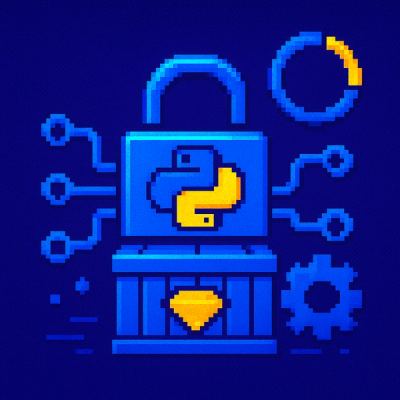
Security News
Another Round of TEA Protocol Spam Floods npm, But It’s Not a Worm
Recent coverage mislabels the latest TEA protocol spam as a worm. Here’s what’s actually happening.
@vivareal/error-glossary
Advanced tools
Handler to format graphql errors into beautifully crafted user messages
A library to centralize and craft the messages for all errors coming from Gandalf
We have several client applications using Gandalf as a BFF and a lot of the logic related services and data fetching are replicated from project to project.
This library is an attempt to centralize and reuse the same error formating logic for all the Gandalf related projects. The benefits of doing this include:
The last item is specially important as this is a long time proposal discussed here, with more infos here and more recently here
npm i --save @vivareal/error-glossary
# or
yarn add @vivareal/error-glossary
Import and instantiate the ErrorGlossary class into the file that manages graphql requests and error handling
Usually this is the lib/errors.js but if your use case is simple enough, you can plug the ErrorGlossary directly into the service.js file
import ErrorGlossary from '@vivareal/error-glossary'
const errorGlossary = new ErrorGlossary(app, options)
try {
service.graphql(...)
} catch (error) {
throw errorGlossary.getError(error);
}
Important to notice the getError method expects an object with a property graphQLErrors, which would be an array. Basically is what Apollo GraphQL return to the client. Errors that aren't GraphQL errors should not be passed here (Network Errors for instance), so please verify the error object before passing to the getError method.
app = 'CANALPRO' | 'OWNERS' | 'BACKOFFICE';
More applications can be added later
defaultError. It will be used as a fallback in case the glossary don't find a given error from the backendconst options = {
defaultError: {
code: 'G0001',
message: 'Default Error',
statusCode: 400,
path: ['*'],
}
}
/**
* Get a formatted error from the glossary, else gets the default Error
* @param {Object} error - Graphql Error object directly from Apollo Client
* @param {Array.<Object>} error.graphQLErrors - Array of objects with error properties
* @param {string} error.graphQLErrors[].code - unique code from gandalf glossary
* @param {number} error.graphQLErrors[].statusCode - error statusCode
* @param {Array.<String>} error.graphQLErrors[].path - error path from query or mutation
* @param {string} error.graphQLErrors[].message - error message from gandalf glossary
* @param {Array.<Object>} error.graphQLErrors[].locations - error line locations
* @returns {Object} - with { code, message, statusCode, path }
*/
getError(error) {}
/**
* Check if error is an authentication error and returns a boolean
* @param {Object} error - formatted error object
* @param {string} error.message - error message
* @param {string} error.code - error code
* @param {number} error.statusCode - error statusCode
* @param {Array.<String>} error.path - error path from query or mutation
* @returns {Boolean}
*/
isAuthError(error) {}
should only be used when the APIs returns a reliable code the frontend can trust. For now, we better keep using the getError() method
/**
* Get the error object based on the gandalf error code
* @param {string} code - error unique code
* @returns {Object} - with { code, message, statusCode, path }
*/
getErrorByCode(code)
FAQs
Handler to format graphql errors into beautifully crafted user messages
The npm package @vivareal/error-glossary receives a total of 16 weekly downloads. As such, @vivareal/error-glossary popularity was classified as not popular.
We found that @vivareal/error-glossary demonstrated a not healthy version release cadence and project activity because the last version was released a year ago. It has 118 open source maintainers collaborating on the project.
Did you know?

Socket for GitHub automatically highlights issues in each pull request and monitors the health of all your open source dependencies. Discover the contents of your packages and block harmful activity before you install or update your dependencies.

Security News
Recent coverage mislabels the latest TEA protocol spam as a worm. Here’s what’s actually happening.

Security News
PyPI adds Trusted Publishing support for GitLab Self-Managed as adoption reaches 25% of uploads

Research
/Security News
A malicious Chrome extension posing as an Ethereum wallet steals seed phrases by encoding them into Sui transactions, enabling full wallet takeover.